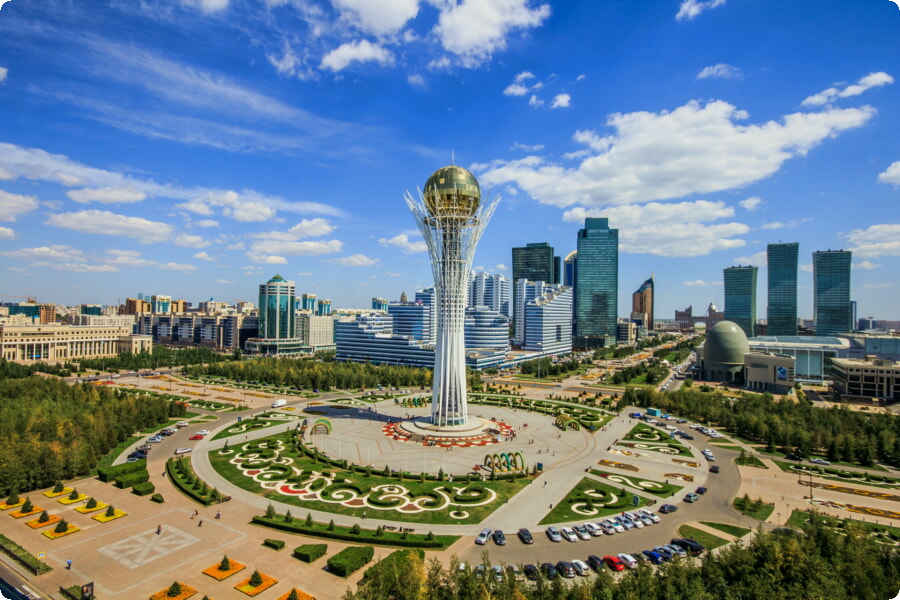Tucked away in the heart of Eurasia, Nur-Sultan, the vibrant capital of Kazakhstan, is a city that beautifully blends its modern architecture with a rich historical tapestry. This city, once known as Astana, has a fascinating heritage that is deeply intertwined with the Silk Road. In this article, we’ll delve into the Silk Road legacy and explore the historical sites that bear testament to Nur-Sultan’s remarkable history.
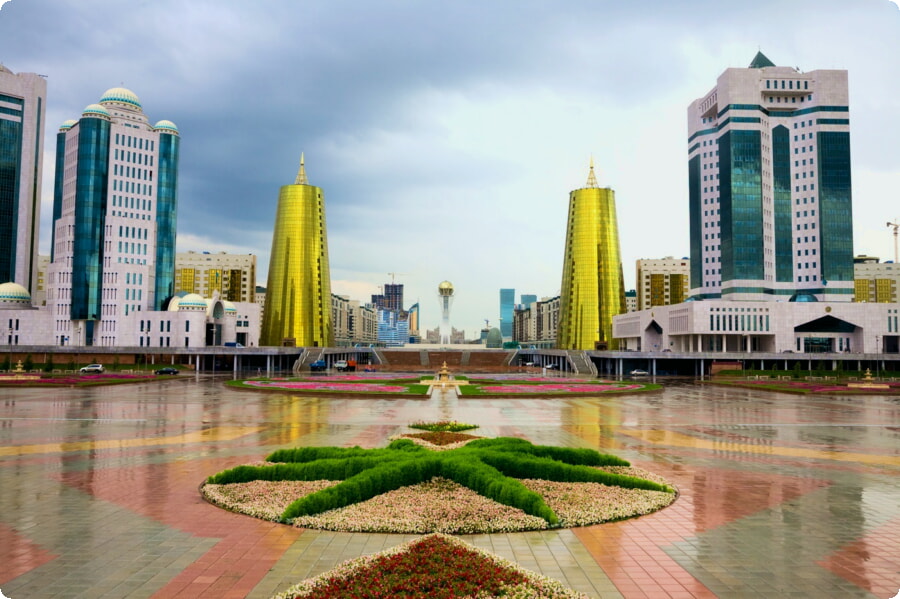
1. The Palace of Peace and Reconciliation
Our journey through Nur-Sultan’s historical sites begins with a modern marvel. The Palace of Peace and Reconciliation, designed by the renowned architect Norman Foster, stands as a symbol of global unity. Its pyramidal shape and intricate stained glass create an awe-inspiring ambiance. Inside, the Congress Hall hosts meetings and events that promote peace and cooperation among nations. This striking structure represents Kazakhstan’s commitment to diplomatic relations and international dialogue.
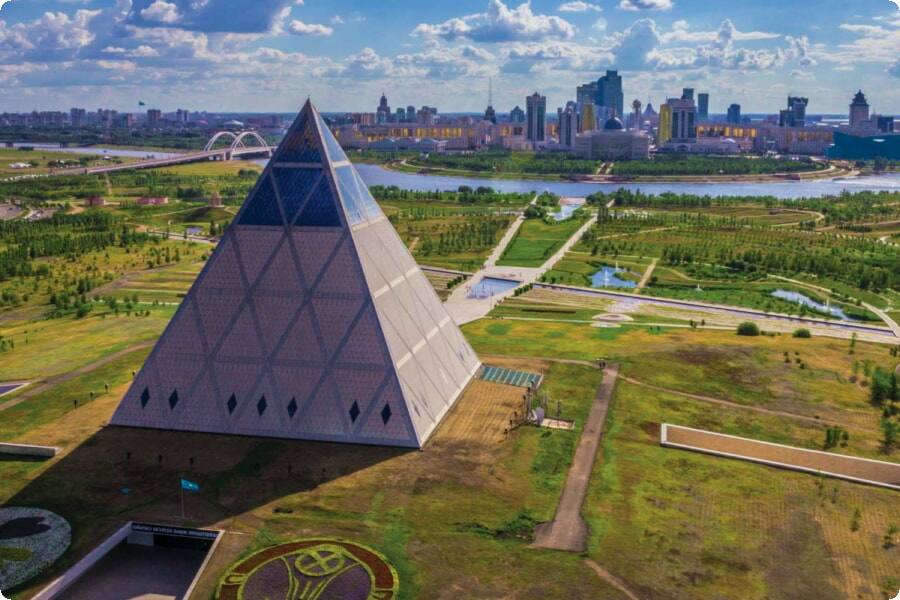
Google Maps: Palace of Peace and Reconciliation.
2. Bayterek Tower
The iconic Bayterek Tower, often called the “Tree of Life,” is a must-visit historical site in Nur-Sultan. This unique monument, which symbolizes the Kazakh people’s unity and aspirations, offers a bird’s-eye view of the city from its observation deck. The golden sphere at the top of the tower represents the future of Kazakhstan, and visitors can place their handprints on its surface as a symbol of hope and unity.
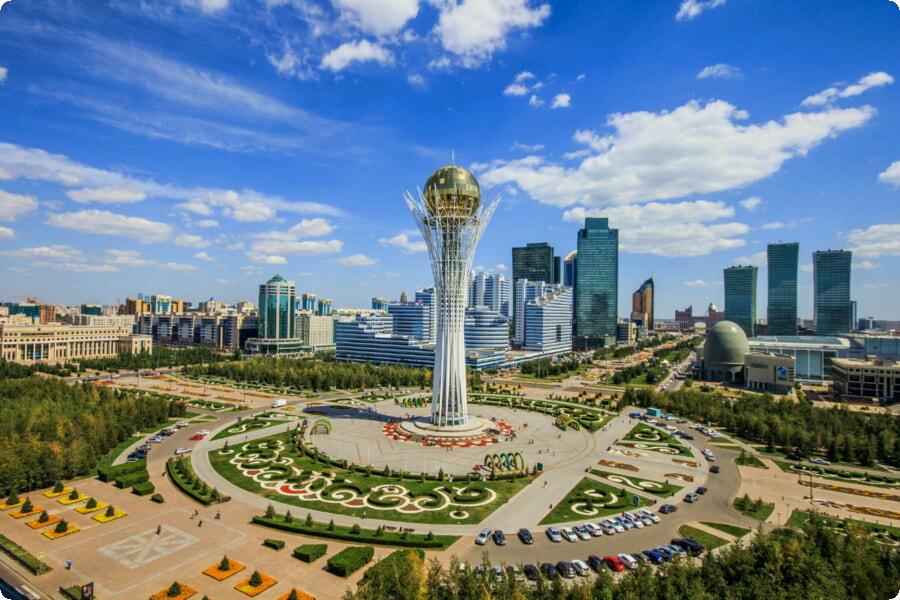
Google Maps: Bayterek Tower.
3. Khan Shatyr Entertainment Center
Khan Shatyr, meaning “Royal Marquee,” is an architectural masterpiece that combines leisure and shopping under a colossal tent-like structure. While it’s a relatively modern addition to Nur-Sultan, this colossal structure boasts an array of shops, restaurants, and entertainment options. The Khan Shatyr’s design is a nod to the ancient nomadic culture of Kazakhstan, and its uniqueness is worth exploring.
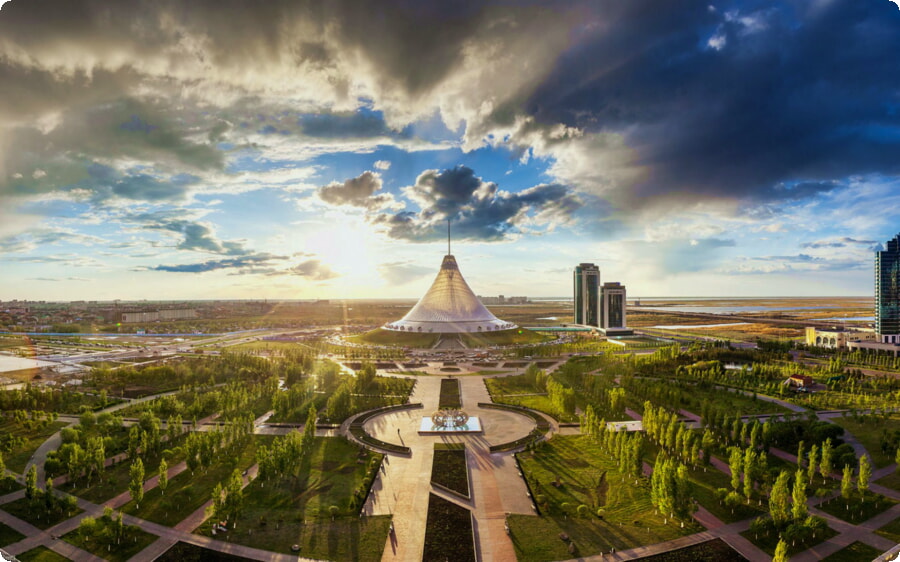
4. Hazret Sultan Mosque
The Hazret Sultan Mosque, one of the largest in Central Asia, is a spiritual and historical gem. Its grand architecture and stunning interior design showcase the rich Islamic heritage of Kazakhstan. The mosque serves as a reminder of the country’s long history of cultural exchange along the Silk Road, where various faiths and traditions coexisted peacefully.
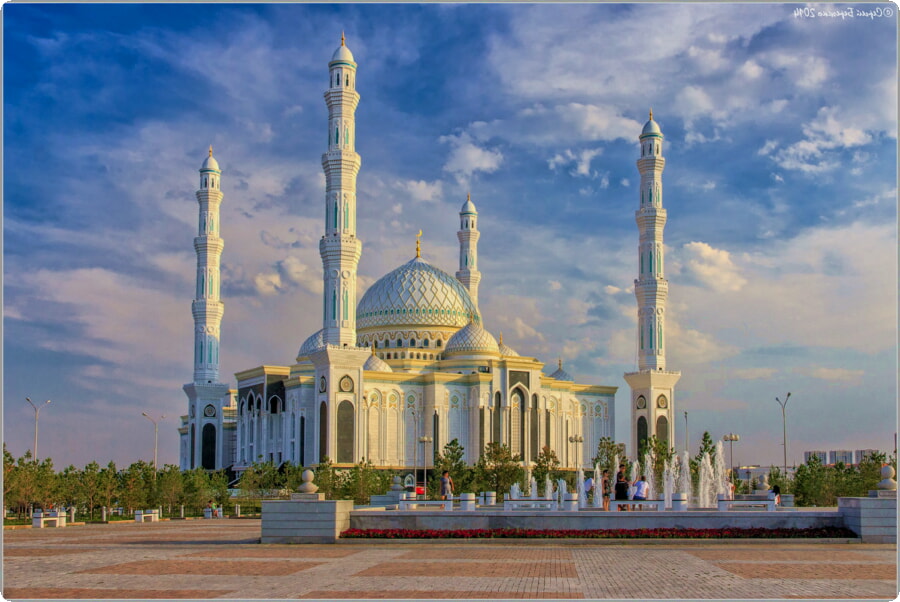
Google Maps: Hazret Sultan Mosque.
5. Atameken – The Map of Kazakhstan
Atameken, an open-air museum, is a miniature replica of Kazakhstan that showcases the country’s diverse landscapes, architecture, and landmarks. It’s a fantastic place to immerse yourself in Kazakhstan’s geographical and cultural diversity. This historical and educational site provides a unique perspective on the nation’s history and heritage.
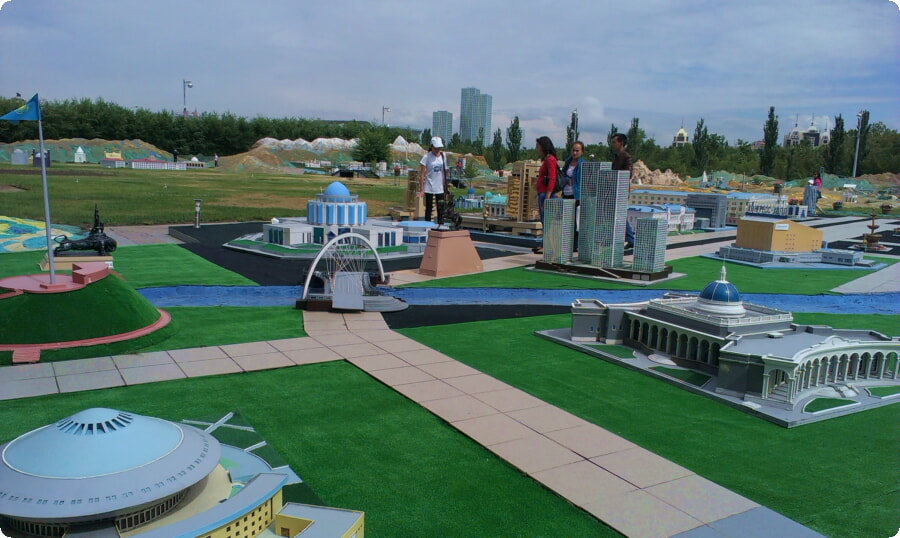
As you explore Nur-Sultan’s historical sites, consider enriching your experience by booking excursions with Excursopedia. Their local guides can offer insights that go beyond what meets the eye, sharing the stories and legends that make these sites come alive.
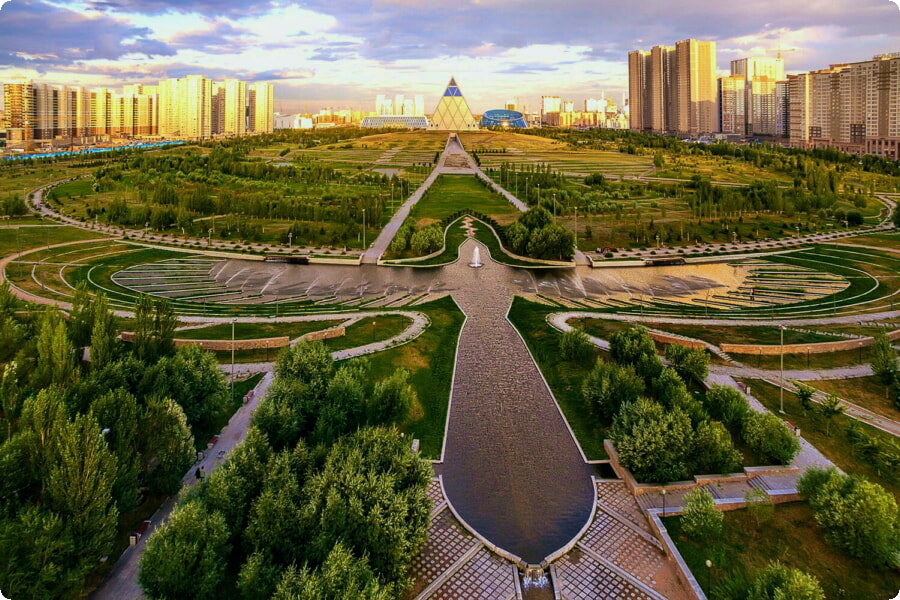
To fully appreciate the historical treasures in and around Nur-Sultan, it’s advisable to rent a car through BookingAuto. This way, you can explore the city and its surroundings at your own pace, venturing off the beaten path to discover hidden gems.
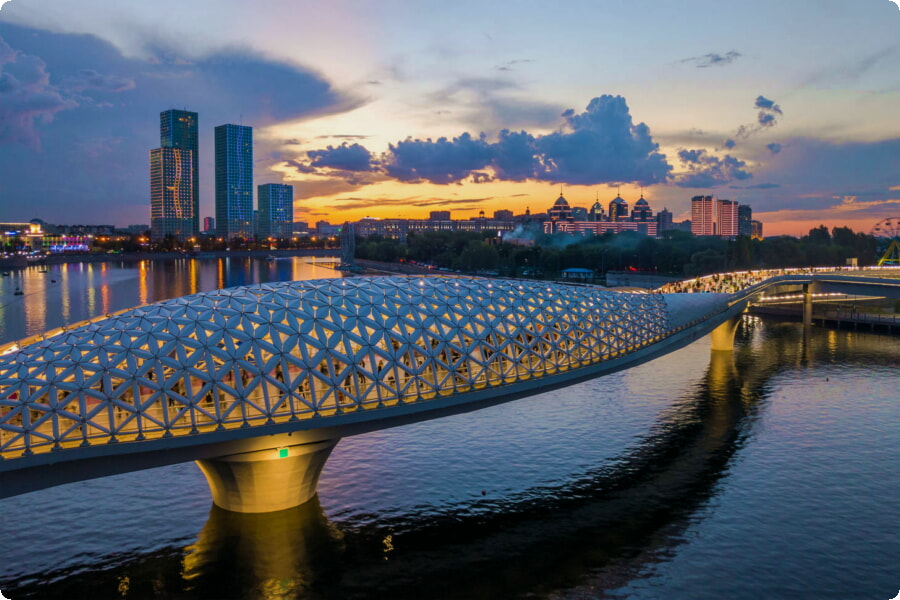
When it’s time to rest, consider using Hotelhunter to book accommodations in Nur-Sultan at the most reasonable prices. They offer a wide range of options to cater to your preferences and budget.
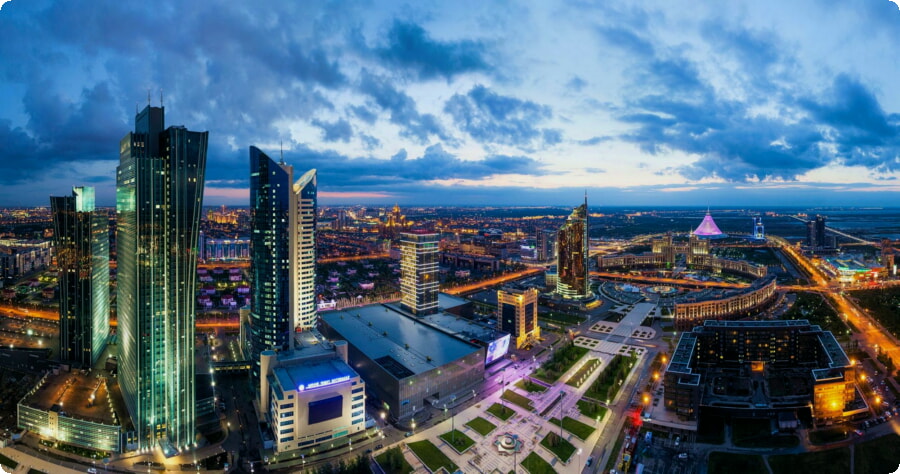
Nur-Sultan is a city where history, culture, and modernity coexist harmoniously. By exploring its historical sites, you’ll gain a deeper appreciation of its heritage and the pivotal role it played along the Silk Road. So, prepare for a journey through time, and let Nur-Sultan’s historical tapestry unravel before your eyes.
